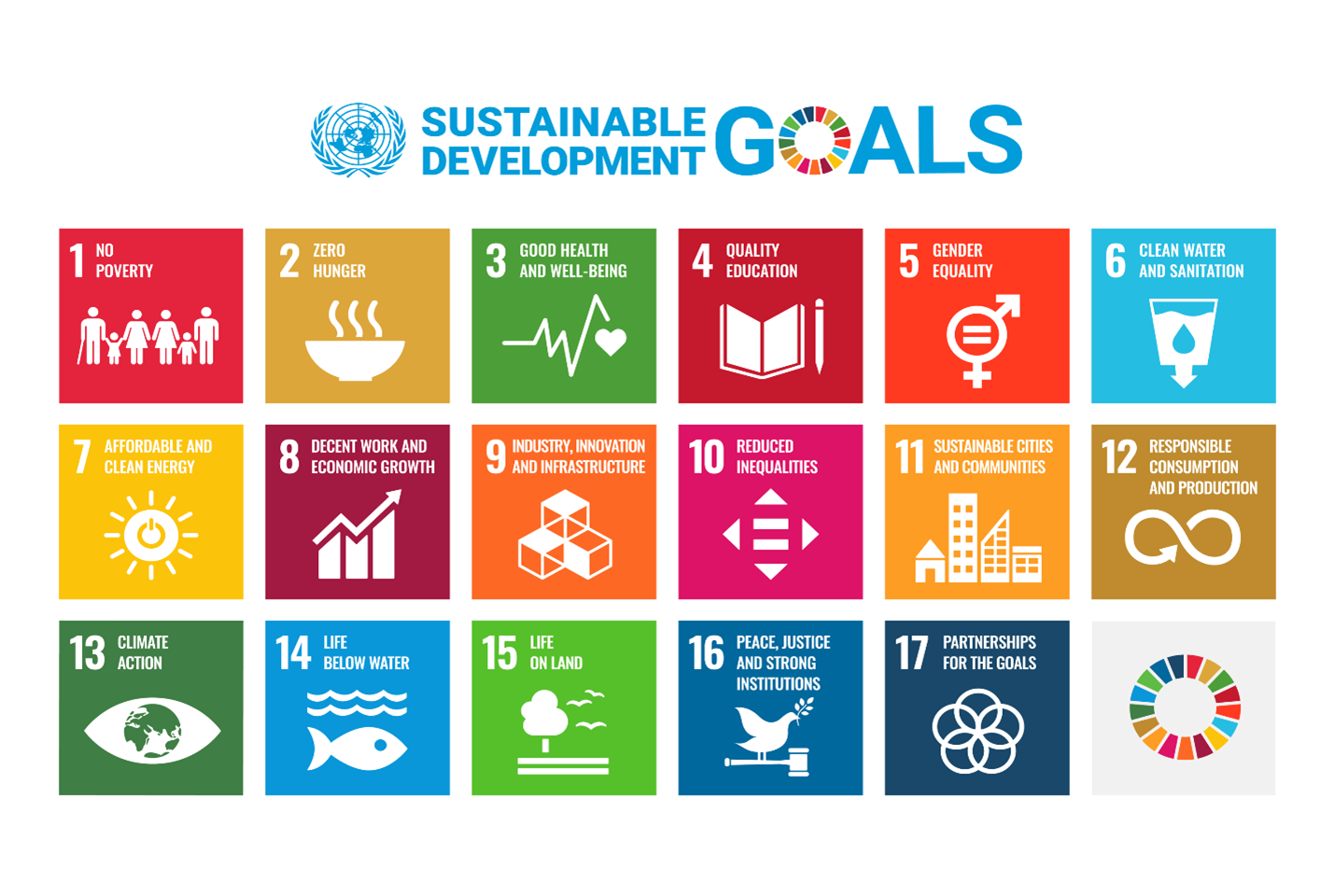UN: Insufficient Progress on Development Goals
Midway to 2030, the Sustainable Development Goals of 2015 are woefully behind schedule.
Midway to 2030, the Sustainable Development Goals of 2015 are woefully behind schedule. The following article was published in the September-October 2023 issue of NewsNotes.
At the High Level Political Forum held in New York from July 9 to July 20, the United Nations prognosticated on the future of the Sustainable Development Goals (SDGs) for 2030. The forum, in preparation for the SDG Summit with the General Assembly of heads of state, specifically focused on the progress of the goals on Clean Water and Sanitation, Affordable and Clean Energy, Industry, Innovation and Infrastructure, Sustainable Cities and Communities, and Partnerships for the Goals. The prognostications were grim.
Maryknoll missioners were represented at the forum by Father John Sivalon, MM, and Sister Margaret Lacson, MM. The two reported back a harrowing global picture: the number of displaced persons worldwide is at the highest levels ever; global warming continues to increase, and even at present levels, threatens the very existence of small island developing nations; natural disasters are becoming much more dramatic and frequent; and rising debt and rising prices are crippling the most vulnerable nations.
For progress on the SGDs, only 12 percent of the targets on most of the goals had been reached and some goals had degraded. Secretary General António Guterres was most forthright in his remarks to the delegates, saying that while it was true that the COVID pandemic and the war in Ukraine had deterred progress in reaching the goals, little progress had been made even before the pandemic and war.
The lack of success was evident in the state of global access to clean water and food and nutrition: 2.4 billion people are living in water stressed countries. Other species are already being lost because of the loss of wetlands. Water-caused disasters are increasing in frequency and severity. Generalized national statistics tend to hide the disparities that exist with most people who lack access to clean water living in the rural areas. Among them, women and girls are often spending three hours a day fetching water for drinking, cooking, and bathing.
For food and nutrition, the forum presenters cited the State of Food Security and Nutrition in the World 2023 report. “Approximately 2.4 billion individuals, largely women and residents of rural areas, did not have consistent access to nutritious, safe, and sufficient food in 2022. Child malnutrition is still alarmingly high. In 2021, 22.3 percent (148.1 million) children were stunted, 6.8 percent (45 million) were wasted, and 5.6 percent (37 million) were overweight. While global hunger numbers have stalled between 2021 and 2022, there are many places in the world facing deepening food crises. Over 122 million more people are facing hunger in the world since 2019 due to the pandemic, repeated weather shocks, and conflicts, including the war in Ukraine. As urbanization accelerates, there is a noticeable increase in the consumption of processed and convenience foods, leading to a spike in overweight and obesity rates across urban, peri-urban, and rural areas.”
The failure, the secretary general said, was due much more to the lack of commitment of member states to live up to the promises they made in 2015, when they unanimously agreed to these goals. The central issue is the failure of nations to provide the funding they promised. Thus, he called for a new stimulus to make up for the lost time. His stimulus proposal includes $500 billion each year for the next seven years to be spent on implementing the goals.
Father Sivalon reflected on the forum, “On every one of the SDGs there was a singular sense that the problems facing us and our common home can be solved by ‘science, technology, and innovation.’ And while many decried the silo mentality of agencies, governments, and major groups, and blamed this mentality for further delaying progress, the one-dimensional approach of ‘science, technology, and innovation’ escaped all but one of the presenters.
“As we listened to panel discussions, researchers’ reports, and country interventions, I reflected on how Pope Francis’ holistic approach to social and ecological problems embodied in ‘Laudato Si’ had not been heard:”
Given the complexity of the ecological crisis and its multiple causes, we need to realize that the solutions will not emerge from just one way of interpreting and transforming reality. Respect must also be shown for the various cultural riches of different peoples, their art and poetry, their interior life and spirituality. If we are truly concerned to develop an ecology capable of remedying the damage we have done, no branch of the sciences and no form of wisdom can be left out, and that includes religion and the language particular to it. (Laudato Si’ 63)
Graphic of the Sustainable Development Goals courtesy of the UN

